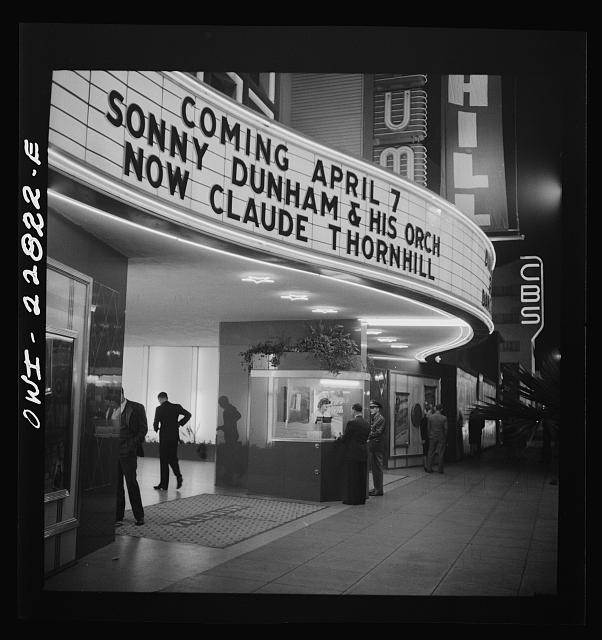Note: I viewed this film as part of a special screening last month. It has not yet been released. It has been picked up for distribution by HBO, but as far as I know, there is no guarantee that it will show in theaters.
 |
| (Hot Coffee/HBO Films, 2011) |
We know where the documentaries came from. They came from the films of Robert Flaherty, who recorded the lives of Eskimos in 1922’s Nanook of the North, which itself derived from the very earliest cinema; the real-time fragments of daily life—or rather, daily circumstance-- seen in the films of Edison, Le Prince and the Lumieres. The question is, where are they going? This question is dismally, and unintentionally answered by a spate of recent docs, among them Hot Coffee.
The film, directed by first-timer Susan Saladoff premiered at the Sundance Film Festival earlier this year and makes use of the one clever, inherently defensible tactic all popular documentaries make have made use of for at least ten years. This might be called the Ethos, Pathos and Logos tactic; it lays out a case nobody with a moral grain in their mind will take a stand against and uses it to sell us the entire film. The case here is about, appropriately, the legal system in the U.S. The film’s catalyst is the famous case of Joan Claybrook, an elderly woman who spilled a cup of coffee from McDonald’s on her lap while in her car and managed to win a lawsuit against the corporation for injuries incurred. While the case was roundly chided as an example of a greedy whiner taking advantage of the legal system, Saladoff cuts to the chase in the first fifteen minutes of the film by showing us that there were, in fact, serious injuries sustained by the spill, resulting in hospitalization. From there on, she continues with a string of legal cases, most of these not so successful, regarding individuals who found themselves begotten by the corporate world in one way or another. She illustrates all the necessary details about the U.S court system, and takes some time confronting members of the U.S Chamber of Commerce—ostensibly a shadowy corporate organization, but once on camera, just a few pea-coated lawyers carrying umbrellas on a rainy day.
Saladoff does, for one, miss some opportunities at humor here. Her man on the street gotcha-interviews, whether they be with regular folks or with lawyers, could have been funny, maybe even slapstick (who says it doesn’t belong in documentaries?). More often than not, they are quietly patronizing. But no matter. The ethics the film fires at us are vast. Here are the vast amount of cases that have piled up over the years, and are being bought and paid for. With several exceptions, all are tragic to varying degrees; two of her major stories involve a couple whose child was born severely brain-damaged due to medical negligence and the disturbing case of Jamie Leigh Jones, a female Iraqi war recruit who was brutally raped. With these subjects, the sentimentality of the presentation is trumped by their sheer alarm.
 |
| (Hot Coffee/HBO Films) |
But the most alarming thing about Hot Coffee is not that these horrors and injustices sell us the entire film; it is that they sell the work as a film. Hot Coffee, on closer inspection is not about corporate abuse of the legal system at all; it is about the yearning for justice, the aspiration for equality, the bemoaning of why we can’t get along. This is the emotional appeal of the film. Like virtually every major documentary, the film wears its liberal stripes glaringly enough to win as many awards at as many special interest festivals as possible, and attract the attention of other left-wingers, to boot. But this will never make it a real film. It will ensure Hot Coffee’s place in a gallery of historical amusements rather than a gallery of fine documentaries. As it stands, Saladoff's work is more of a Power-Point presentation than anything else; perversely, she is almost conscious of this resemblance. She adds visual effects of files un-attaching themselves from folders to introduce each story, along with enough explanatory intertitles to kill Murnau's ghost. The film becomes a moving lecture-piece, except that as soon as anything starts moving—a camera, archival footage, a talking head—there is the absolute need to cut to something educational. Hot Coffee does indeed look like all these things but not a film.
In this very crucial way—political leanings and technical specifics aside—it is very much like most documentaries being screened these days. These includes moves like Inside Job, An Inconvenient Truth, every Michael Moore film and every Morgan Spurlock film. They are exposes, not stories. They take the relationship between journalism, activism, and filmmaking far too literally and do not take visual play, aural play, and distorted reality literally enough. They tell us everything and show nothing. These films are easy to understand, in their “messages” and good at making people angry and indignant, allowing them to turn some kind of profit. Hot Coffee is actually more appealing than these other films; it's leftism is more folksy than preachy and its subjects are people who experienced misfortune, not archetypes. But decades from now, it is still likely to be mentioned in a study of typical American documentaries from the period of (insert year) to (insert year), during the (insert mumbo-jumbo) era. So where are documentaries headed? Far from the land of the Eskimoes and in to some land of rigid lecturers in an echo chamber; forget the darkness of a theater.















